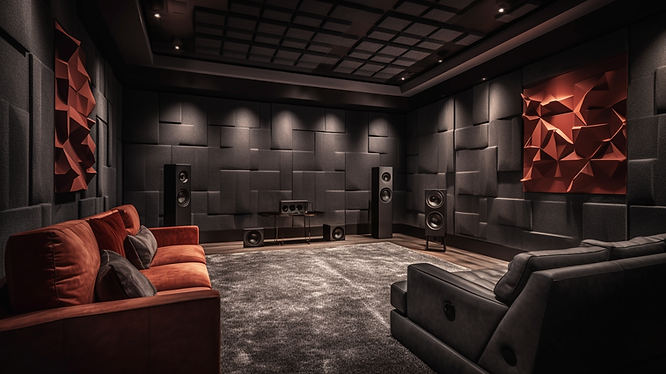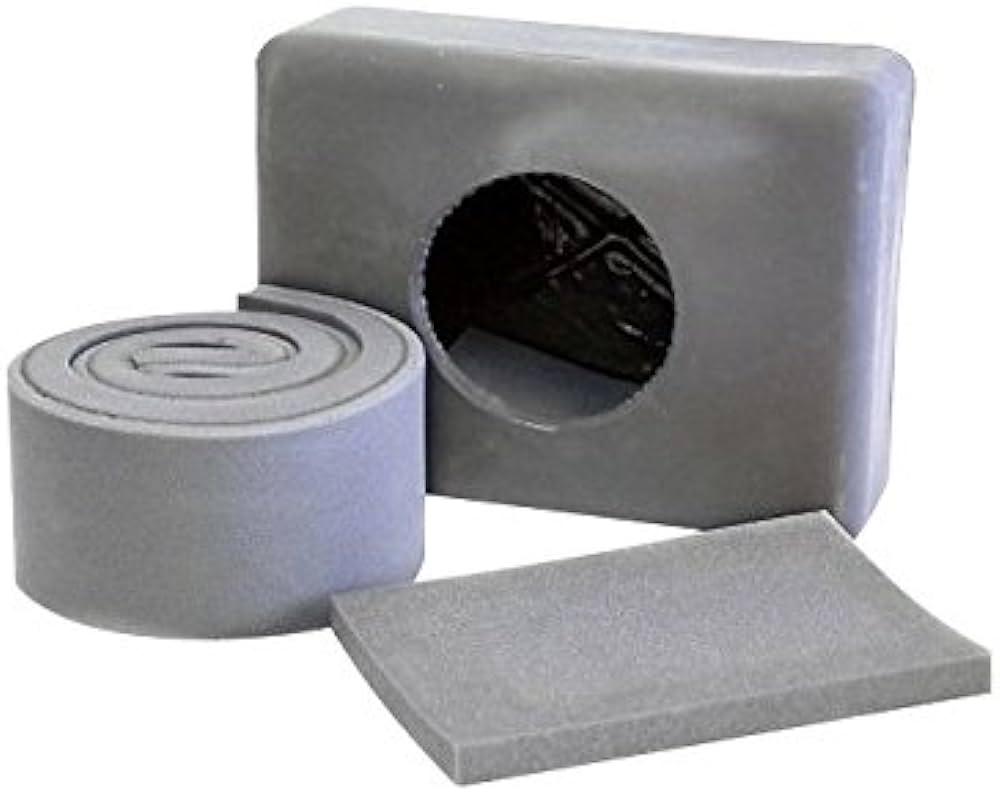Optimizing Your Home Entertainment System for Better Sound Quality
Introduction
Are you tired of mediocre sound quality while enjoying your favorite movies, music, or games at home? If so, it’s time to optimize your home entertainment system for better sound output. A well-tuned audio setup can significantly enhance your overall viewing and listening experience, immersing you in a world of rich, high-quality sound. In this blog post, we will explore some practical tips and techniques to help you achieve optimal sound quality in your home entertainment system.
1. Choosing the Right Speakers
When it comes to optimizing your home entertainment system for better sound quality, the first step is to choose the right speakers. Consider the size of your room and the type of audio you enjoy. Bookshelf speakers are ideal for smaller spaces, while floor-standing speakers provide a more immersive experience. Look for speakers that offer a wide frequency range and good power handling capabilities.
2. Positioning the Speakers
The placement of your speakers plays a crucial role in sound quality. Start by positioning your speakers at ear level, ensuring they are at an equal distance from the listening area. Avoid placing them too close to walls or corners, as this can cause unwanted reflections and bass buildup. Experiment with different placements to find the sweet spot that offers the best soundstage and imaging.
3. Calibrating Your Audio System
Calibrating your audio system is essential for achieving optimal sound quality. Most modern AV receivers come with built-in calibration tools that analyze your room’s acoustics and adjust the audio settings accordingly. Follow the manufacturer’s instructions to run the calibration process, which typically involves using a microphone to measure the sound output from each speaker.
4. Using High-Quality Cables

Investing in high-quality cables can make a noticeable difference in sound quality. Opt for cables with thicker gauge wires and good shielding to minimize signal loss and interference. Consider using HDMI cables for digital audio transmission, as they offer superior audio quality compared to analog connections. Additionally, ensure that all connections are secure and free from any loose connections or corrosion.
5. Enhancing Room Acoustics
The acoustics of your room can greatly impact the sound quality of your home entertainment system. To optimize the acoustics, consider adding acoustic panels or diffusers to absorb or scatter sound reflections. Placing rugs or curtains in the room can also help reduce echo and improve overall sound clarity. Experiment with different room arrangements and acoustic treatments to find the best setup for your space.
6. Adjusting Equalizer Settings
Most audio systems come with built-in equalizers that allow you to adjust the sound frequencies to your preference.
Summary
Optimizing your home entertainment system for better sound quality is a worthwhile endeavor that can greatly enhance your audio experience. By following a few simple steps, you can achieve a more immersive and enjoyable sound output:
- Invest in high-quality speakers and audio equipment that suit your needs and budget.
- Properly position and calibrate your speakers to ensure optimal sound dispersion and imaging.
- Consider room acoustics and make necessary adjustments to minimize sound reflections and echoes.
- Utilize soundproofing techniques to reduce external noise interference.
- Optimize audio settings on your devices and utilize equalization to fine-tune the sound output.
- Explore advanced technologies such as surround sound systems or soundbars for a more immersive experience.
By implementing these strategies, you can transform your home entertainment try this web-site system into a powerful audio setup that delivers exceptional sound quality, allowing you to fully enjoy your favorite movies, music, and games.
- Q: How can I optimize my home entertainment system for better sound quality?
- A: There are several steps you can take to improve sound quality in your home entertainment system:
- Ensure proper speaker placement and positioning for optimal sound distribution.
- Use high-quality audio cables to minimize signal loss.
- Calibrate your audio settings, such as equalizer and surround sound settings, to suit your preferences.
- Consider adding acoustic treatments, such as curtains or sound-absorbing panels, to reduce echo and improve sound clarity.
- Regularly clean and maintain your audio equipment to prevent dust or debris from affecting performance.
- Q: What are some common audio formats used in home entertainment systems?
- A: The most common audio formats used in home entertainment systems include:
- MP3: A widely supported compressed audio format that offers good sound quality and small file sizes.
- FLAC: A lossless audio format that provides high-quality sound reproduction but with larger file sizes.
- Dolby Digital: A surround sound format commonly used in DVDs and Blu-ray discs for immersive audio experiences.
- DTS: Another popular surround sound format known for its high-quality audio reproduction.
- AAC: A compressed audio format often used for streaming services and mobile devices.
- Q: How can I enhance the bass in my home entertainment system?
- A: To enhance the bass in your home entertainment system, you can try the following:
- Adjust the bass settings on your audio receiver or amplifier to increase the low-frequency output.
- Consider adding a subwoofer to your system, which is specifically designed to reproduce deep bass frequencies.
- Ensure that your speakers are properly positioned and not obstructed, as this can affect bass response.
- Experiment with room placement and acoustic treatments to minimize bass reflections and improve overall sound quality.
- Q: How can I

Welcome to my website! My name is William Spence, and I am a professional Home Entertainment System Installer with a passion for all things related to smart home gadgets, home entertainment systems, computing essentials, and home office setups. With years of experience in the industry, I am dedicated to providing top-notch services and helping individuals transform their homes into smart, efficient, and enjoyable spaces.
